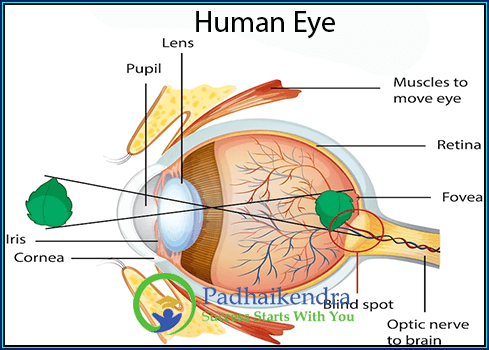What are Secondary cells?
Secondary cells, or rechargeable cells or rechargeable batteries, are energy storage devices that can be repeatedly charged and discharged. Unlike primary cells (non-rechargeable batteries), secondary cells can be reused multiple times, making them more cost-effective and environmentally friendly.
Secondary cells function through reversible electrochemical reactions that occur when the cell is charged or discharged. During charging, the electrical energy from an external power source is used to reverse the chemical reactions that occurred during discharge, effectively restoring the cell’s energy storage capacity. This process can be repeated many times, allowing secondary cells to be reused.
One type of secondary cell is the lead-acid cell, which is commonly used in automotive and industrial applications.
Lead-Acid Cell
The lead-acid cell consists of two lead plates immersed in an electrolyte solution of sulfuric acid and water. One of the plates is coated with lead dioxide, while the other is coated with spongy lead. When the cell is charged, the lead dioxide plate undergoes reduction, while the spongy lead plate undergoes oxidation, converting the sulfuric acid into lead sulfate and water. The process is reversed when the cell is discharged, with lead sulfate and water reacting to produce lead dioxide, spongy lead, and sulfuric acid.
The lead-acid cell has several advantages over other types of secondary cells, including a relatively low cost, high power output, and ability to deliver high currents. It is commonly used in automotive applications as the battery for starting the engine, as well as for powering other electrical components in the vehicle. It is also used in backup power systems, such as uninterruptible power supplies (UPS) and emergency lighting.
However, the lead-acid cell has some disadvantages, including its relatively heavy weight, short lifespan, and the potential for the sulfuric acid electrolyte to leak or spill if the cell is damaged. Additionally, lead-acid batteries require regular maintenance to ensure proper charging and prevent the buildup of lead sulfate on the plates, which can reduce their performance and lifespan.
Other common examples of secondary cells are:
Nickel-Cadmium (Ni-Cd)
 Ni-Cd batteries were widely used in the past but have become less common due to environmental concerns related to cadmium content. They offer good cycle life and perform well in high-drain applications, but their energy density is relatively low.
Ni-Cd batteries were widely used in the past but have become less common due to environmental concerns related to cadmium content. They offer good cycle life and perform well in high-drain applications, but their energy density is relatively low.
Nickel-Metal Hydride (Ni-MH)
Ni-MH batteries have gained popularity as a replacement for Ni-Cd batteries. They have a higher energy density, reduced environmental impact, and improved capacity compared to Ni-Cd batteries. Ni-MH batteries are commonly used in portable electronics, such as digital cameras and cordless phones.
Lithium-Ion (Li-ion)
 Li-ion batteries are widely used in a variety of applications, including smartphones, laptops, electric vehicles, and renewable energy systems. They offer high energy density, low self-discharge rates, and no memory effect (unlike Ni-Cd and Ni-MH batteries). Li-ion batteries require specific charging and discharging circuits to ensure safe operation.
Li-ion batteries are widely used in a variety of applications, including smartphones, laptops, electric vehicles, and renewable energy systems. They offer high energy density, low self-discharge rates, and no memory effect (unlike Ni-Cd and Ni-MH batteries). Li-ion batteries require specific charging and discharging circuits to ensure safe operation.
Lithium-Polymer (Li-Po)
Li-Po batteries are a variant of Li-ion batteries that use a solid or gel-like electrolyte instead of a liquid electrolyte. They offer similar advantages to Li-ion batteries, such as high energy density and low self-discharge rates. Li-Po batteries are commonly found in smartphones, tablets, and lightweight portable devices.
Secondary cells have become essential in our daily lives, powering a wide range of devices and enabling the growth of portable electronics and electric vehicles. They are designed to be reusable, reducing the environmental impact associated with single-use batteries and providing a more sustainable energy storage solution.





